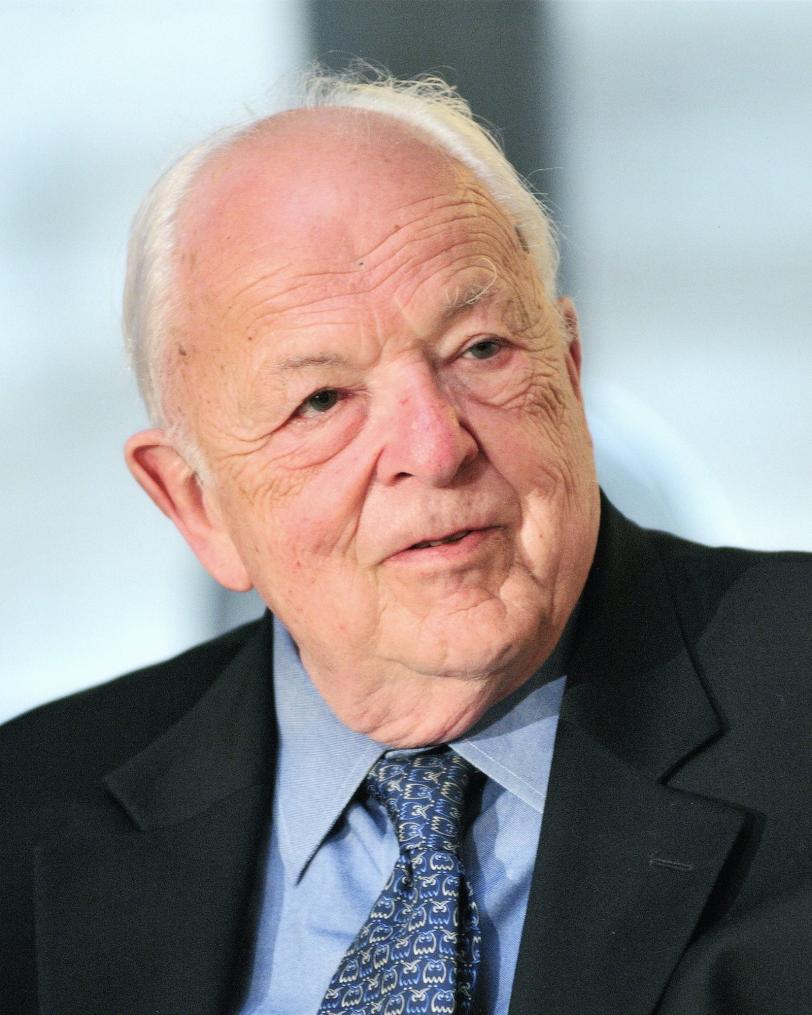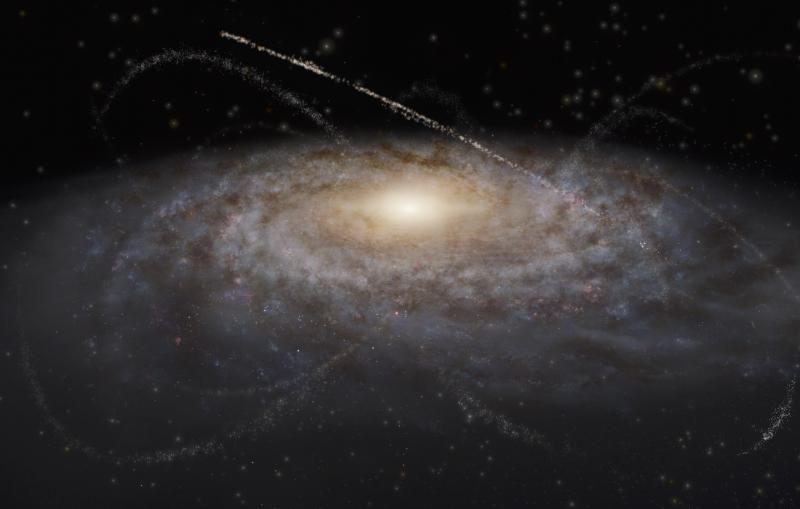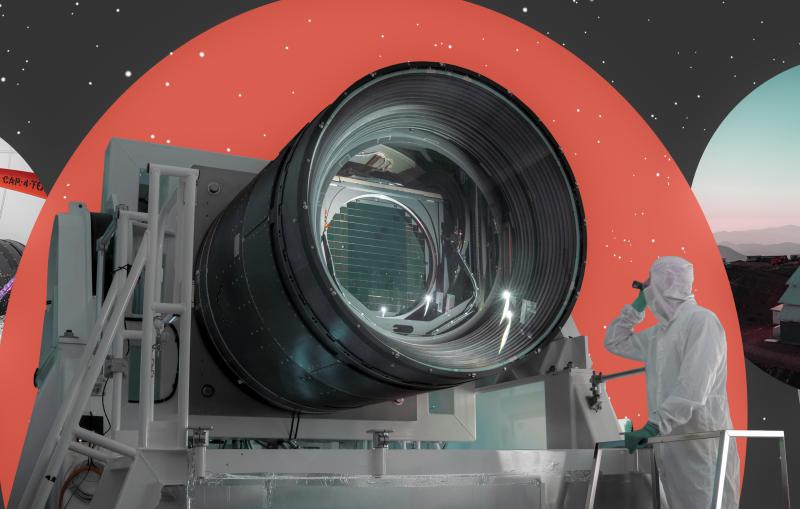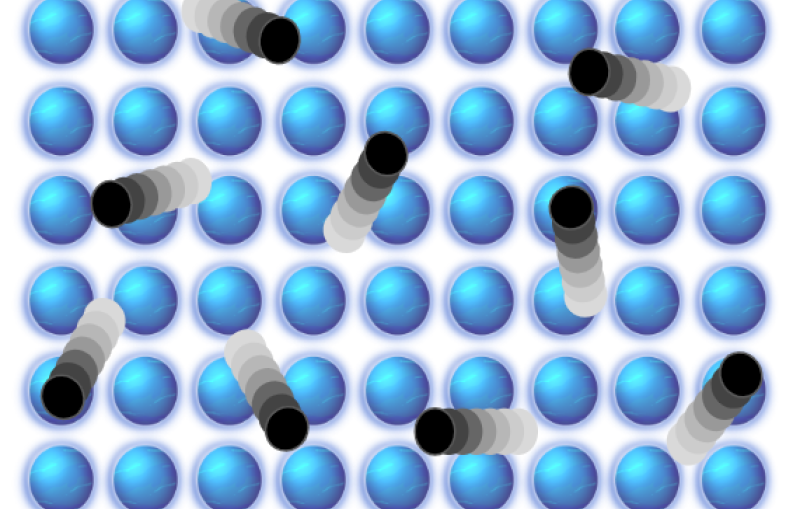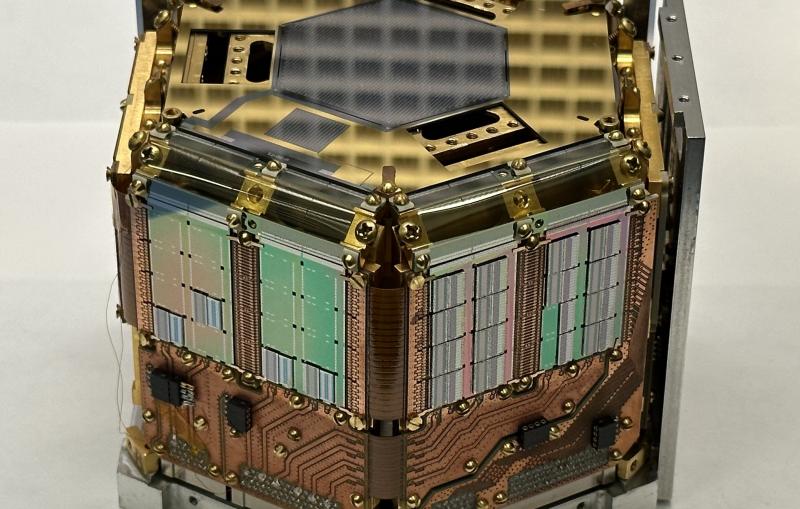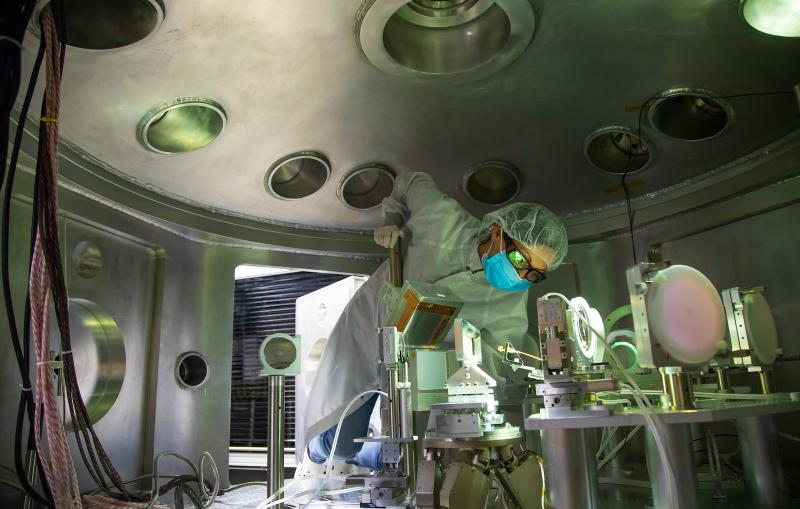SLAC Director Emeritus and Nobelist Burton Richter to Receive National Medal of Science
Burton Richter, Nobel laureate and director emeritus at SLAC, has been selected by President Obama to receive the National Medal of Science – the nation's highest honor for achievement in the field of science.
President Obama today named former SLAC Director and Nobel Prize winner Burton Richter as one of 10 recipients of the National Medal of Science, and also named eight recipients of the National Medal of Technology and Innovation. The two awards are the nation’s highest honors for achievement and leadership in advancing the fields of science and technology. The new awardees will receive their medals at a White House ceremony later this year.
“These scholars and innovators have expanded our understanding of the world, made invaluable contributions to their fields, and helped improve countless lives,” President Obama said in a press statement. “Our nation has been enriched by their achievements, and by all the scientists and technologists across America dedicated to discovery, inquiry, and invention.”
Richter said, “I’m deeply honored, and I’m happy to be in such distinguished company.” He added with a laugh, “While Berkeley got three medals and Stanford got two, we did win the Big Game.”
Richter served as SLAC’s director from 1984 to 1999 and is the Paul Pigott Professor of Physical Sciences Emeritus at Stanford University. He received his bachelor’s degree in physics in 1952 and a PhD in 1956 from the Massachusetts Institute of Technology. Richter’s career at Stanford started in 1956 as a research associate in the High Energy Physics Laboratory. He joined SLAC as an associate professor and rose to technical director before becoming the leader of the laboratory.
Richter shared the 1976 Nobel Prize in Physics for discovery of the J/psi particle, whose existence implied the existence of the charmed quark. He has received other numerous honors and awards, including the Enrico Fermi Award, presented in 2012 by President Obama, and the Department of Energy’s Ernest Orlando Lawrence Award. He is a member of the National Academy of Sciences, a fellow of the American Academy of Arts and Sciences and the American Association for the Advancement of Science, and former president of the International Union of Pure and Applied Physics and the American Physical Society. Richter is also a member of JASON, an independent group of scientists that advises the U.S. government.
In recent years Richter turned his attention to energy issues, and in 2010 was the author of Beyond Smoke and Mirrors: Climate Change and Energy in the 21st Century. He is a member of the DOE’s Nuclear Energy Advisory Committee and chaired its fuel cycle subcommittee from 2000 to 2013; was a member of the first PCAST Review Panel for the National Climate Change Assessment; is a senior fellow at Stanford’s Freeman Spogli Institute for International Studies and the Precourt Institute for Energy; and is an affiliate at the Stanford Woods Institute for the Environment.
The National Medal of Science was created by statute in 1959 and is administered for the White House by the National Science Foundation. Awarded annually, the medal recognizes individuals who have made outstanding contributions to science and engineering. The President receives nominations from a committee of presidential appointees based on their extraordinary knowledge in and contributions to chemistry, engineering, computing, mathematics, and the biological, behavioral/social, and physical sciences.
This year’s National Medal of Science winners also included:
- Bruce Alberts, University of California, San Francisco, CA
- Robert Axelrod, University of Michigan, MI
- May Berenbaum, University of Illinois at Urbana-Champaign, IL
- Alexandre J. Chorin, University of California, Berkeley, CA
- Thomas Kailath, Stanford University, CA
- Judith P. Klinman, University of California, Berkeley, CA
- Jerrold Meinwald, Cornell University, NY
- Sean C. Solomon, Columbia University, NY
- David Blackwell, University of California, Berkeley, CA (awarded posthumously)
President Obama also named eight recipients of the National Medal of Technology and Innovation. Created by statute in 1980, it is administered for the White House by the U.S. Department of Commerce’s Patent and Trademark Office. The award recognizes those who have made lasting contributions to America’s competitiveness and quality of life and helped strengthen the nation’s technological workforce. A distinguished independent committee representing the private and public sectors submits recommendations to the President.
Recipients of the National Medal of Technology and Innovation are:
- Charles W. Bachman, MA
- Edith M. Flanigen, UOP, LLC, a Honeywell Company, NY
- Eli Harari, SanDisk Corporation, CA
- Thomas Fogarty, Fogarty Institute for Innovation, CA
- Arthur D. Levinson, Calico, CA
- Cherry A. Murray, Harvard University School of Engineering and Applied Sciences, MA
- Mary Shaw, Carnegie Mellon University, PA
- Douglas Lowy and John Schiller, National Cancer Institute, National Institutes of Health, MD
Press Office Contact
Manuel Gnida, mgnida@slac.stanford.edu, 415-308-7832
SLAC is a multi-program laboratory exploring frontier questions in photon science, astrophysics, particle physics and accelerator research. Located in Menlo Park, California, SLAC is operated by Stanford University for the U.S. Department of Energy Office of Science.
SLAC National Accelerator Laboratory is supported by the Office of Science of the U.S. Department of Energy. The Office of Science is the single largest supporter of basic research in the physical sciences in the United States, and is working to address some of the most pressing challenges of our time. For more information, please visit science.energy.gov.
